
Dutch Baby Recipe (German Pancakes): A Heavenly Breakfast Treat
A Dutch Baby or German pancake is a delightful breakfast delicacy that will tantalize your taste buds. A unique cross between a pancake and a popover, the Dutch Baby puffs up into a golden-brown cloud, filled with a tender and fluffy interior. Its slightly crisp edges and buttery richness create a symphony of flavors that will make you yearn for more.
Origin and History:
The Dutch Baby originated in the Pacific Northwest region of the United States in the early 20th century. It is believed to have been created by immigrants from the German-speaking regions of Europe who adapted their traditional puffed pancakes to the American kitchen.
Personal Touch:
My grandmother passed down this Dutch Baby recipe to me, and I have always cherished baking it for my family. The aroma that fills the kitchen as it bakes is simply irresistible, and the joy it brings to my loved ones’ faces is priceless.
What To Expect In This Post:
In this comprehensive guide, you’ll find everything you need to know about making a mouthwatering Dutch Baby. From a detailed ingredient list to step-by-step instructions, we’ve got you covered. We’ll also touch upon its nutritional value, health benefits, and some pro tips for an exceptional result.
Ingredients List:
- 1/2 cup all-purpose flour
- 3 large eggs
- 1 1/2 cups whole milk
- 1/4 cup granulated sugar
- 1/4 teaspoon salt
- 1 tablespoon vanilla extract
- 2 tablespoons unsalted butter, melted (for greasing the pan)
Preparation Steps:
- Preheat oven to 425°F (220°C).
- In a large bowl, whisk together flour, eggs, milk, sugar, salt, and vanilla extract.
- Pour the batter into a well-greased 10-inch cast iron skillet or oven-safe pan.
- Bake for 15-20 minutes, or until puffed and golden brown.
- Shake the pan gently to loosen the edges.
- Remove from the oven and serve immediately.
Cooking Time & Servings:
Cooking time: 15-20 minutes
Servings: 2-4
Nutritional Information:
Per serving:
- Calories: 250
- Fat: 10g
- Protein: 10g
- Carbohydrates: 30g
Health Conditions and People To Avoid This:
The Dutch Baby recipe is generally safe for most individuals. However, those with the following health conditions may need to avoid or limit consumption:
- Celiac disease or gluten intolerance: Dutch Baby recipe contains wheat flour, which is not suitable for individuals with celiac disease or gluten intolerance.
- Diabetes: Due to its high sugar content, individuals with diabetes should consume the Dutch Baby recipe in moderation.
- Hypercholesterolemia: The butter in the recipe contains cholesterol, which should be consumed in limited quantity by individuals with elevated cholesterol levels.
Nutrition and Benefits to the Body:
- Improved Digestive Health: Eggs, a major ingredient in the Dutch Baby, are rich sources of protein and essential vitamins, which support the digestive process and maintain overall gut health.
- Enhanced Immunity: Eggs also contain nutrients like selenium and zinc, which contribute to a healthy immune system and protect the body from infections.
- Increased Bone Strength: Milk, another primary ingredient in the Dutch Baby, provides calcium, a mineral that is crucial for bone and teeth health, reducing the risk of conditions like osteoporosis.
Disadvantages:
- High in Calories: The calorie content in the Dutch Baby recipe primarily comes from the sugar and butter. Excessive consumption may lead to weight gain and other health issues.
- Elevated Blood Sugar Levels: The high sugar content in the recipe can cause a rapid increase in blood sugar levels, which poses risks for individuals with diabetes.
- Cholesterol Concerns: Butter, which is used to grease the pan, contains cholesterol that can contribute to elevated blood cholesterol levels.
- Possible Gluten Intolerance: For those with gluten intolerance, consuming the Dutch Baby recipe made with wheat flour can trigger digestive issues.
- Potential Milk Allergy: Those with milk allergy or lactose intolerance may need to avoid the recipe due to the presence of milk.
Eating moderately is perfectly fine, but acquiring excess of this nutrients is harmful.
Tips and Tricks:
- For a fluffier Dutch Baby, separate the eggs and whip the egg whites separately before folding them into the batter.
- To create a crispier crust, bake the Dutch Baby in a preheated cast iron skillet.
- For a sweet and fruity twist, add fresh berries or sliced bananas to the batter before baking.
- If you don’t have a cast iron skillet, use an oven-safe skillet or a 9-inch pie plate.
- Serve the Dutch Baby with your favorite toppings, such as butter, maple syrup, whipped cream, or fruit compote.
Equipment Needed:
- Large mixing bowl: A spacious bowl for whisking and combining the batter ingredients.
- Whisk: Used for vigorously mixing the batter to ensure even distribution of ingredients.
- Cast iron skillet or oven-safe pan: A durable pan that conducts heat evenly and can withstand high oven temperatures.
- Spatula: For gently loosening the Dutch Baby from the pan and serving it onto a plate.
Variations or Substitutions:
- For a gluten-free version, use gluten-free flour instead of regular flour.
- To make it dairy-free, use plant-based milk instead of whole milk and omit the butter.
- For a vegan version, use a flax egg (1 tablespoon ground flaxseed + 3 tablespoons water) instead of eggs, and use plant-based milk and butter substitutes.
- You can add your favorite spices or extracts to the batter, such as cinnamon, nutmeg, or almond extract.
Serving Suggestions:
- Serve the Dutch Baby warm and fresh out of the oven.
- Dust it with confectioners’ sugar or drizzle it with honey for a touch of sweetness.
- Top it with fresh fruit, such as berries, bananas, or peaches.
- Pair it with whipped cream or a scoop of ice cream for a luxurious dessert.
Storage and Reheating Instructions:
- The Dutch Baby is best served immediately. If you have leftovers, let it cool completely and store it in an airtight container in the refrigerator for up to 2 days.
- To reheat, place the Dutch Baby in a preheated 350°F (175°C) oven for 5-10 minutes, or until warmed through.
Conclusion:
Join the ranks of countless breakfast enthusiasts who adore this classic dish. Whether you’re a seasoned home cook or a novice looking for a delightful treat, the Dutch Baby Recipe is sure to impress. Do give it a try and let the symphony of flavors fill your home. Share your culinary creations on social media, tagging us so we can witness your culinary triumphs. Your valuable feedback and questions are always welcome, so don’t hesitate to reach out. Let’s indulge in the beauty of breakfast magic together!
Frequently Asked Questions (FAQs):
Q: Can I make a Dutch Baby in a regular skillet?
A: Yes, you can use a regular skillet. However, a cast iron skillet is preferred for its heat retention and ability to create a crispier crust.
Q: How do I prevent my Dutch Baby from deflating after baking?
A: To prevent deflation, avoid opening the oven door during the first 15 minutes of baking. The rapid temperature change can cause the Dutch Baby to collapse.
Q: Why is my Dutch Baby not fluffy?
A: If your Dutch Baby is not fluffy, make sure you whisk the batter vigorously until it is smooth and there are no lumps. Also, ensure that your oven is preheated to the correct temperature before baking.
Q: Can I use almond milk instead of regular milk?
A: Yes, you can substitute almond milk for regular milk in this recipe without compromising the flavor or texture.
Q: Is it safe to eat Dutch Baby dough uncooked?
A: No, it is not safe to eat Dutch Baby dough uncooked. The batter contains raw eggs, which can contain harmful bacteria. Always cook the batter thoroughly before eating.
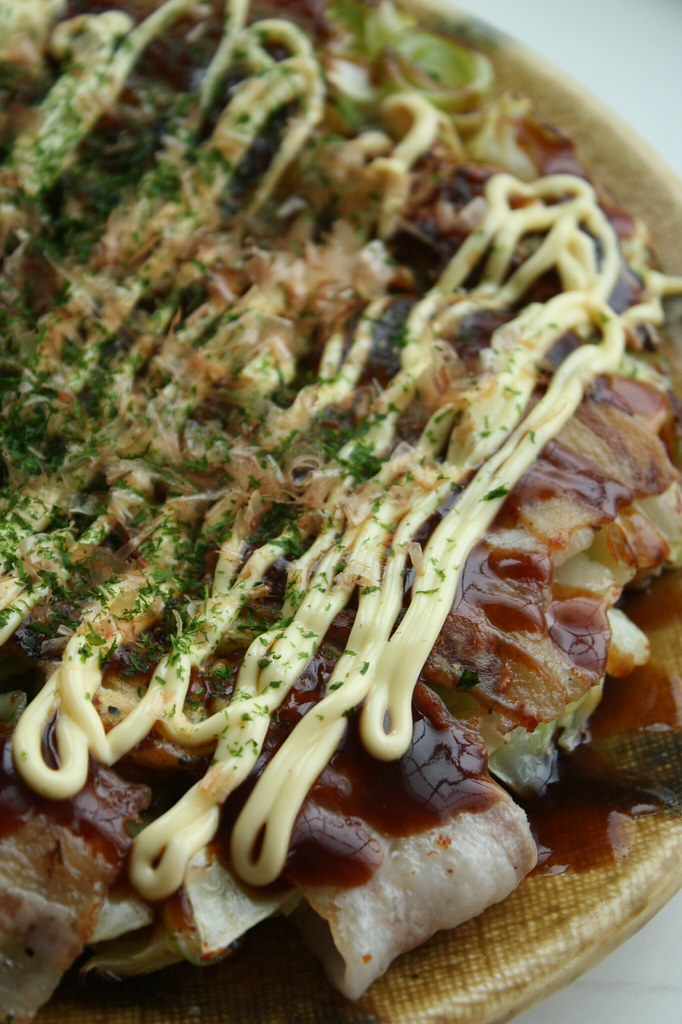
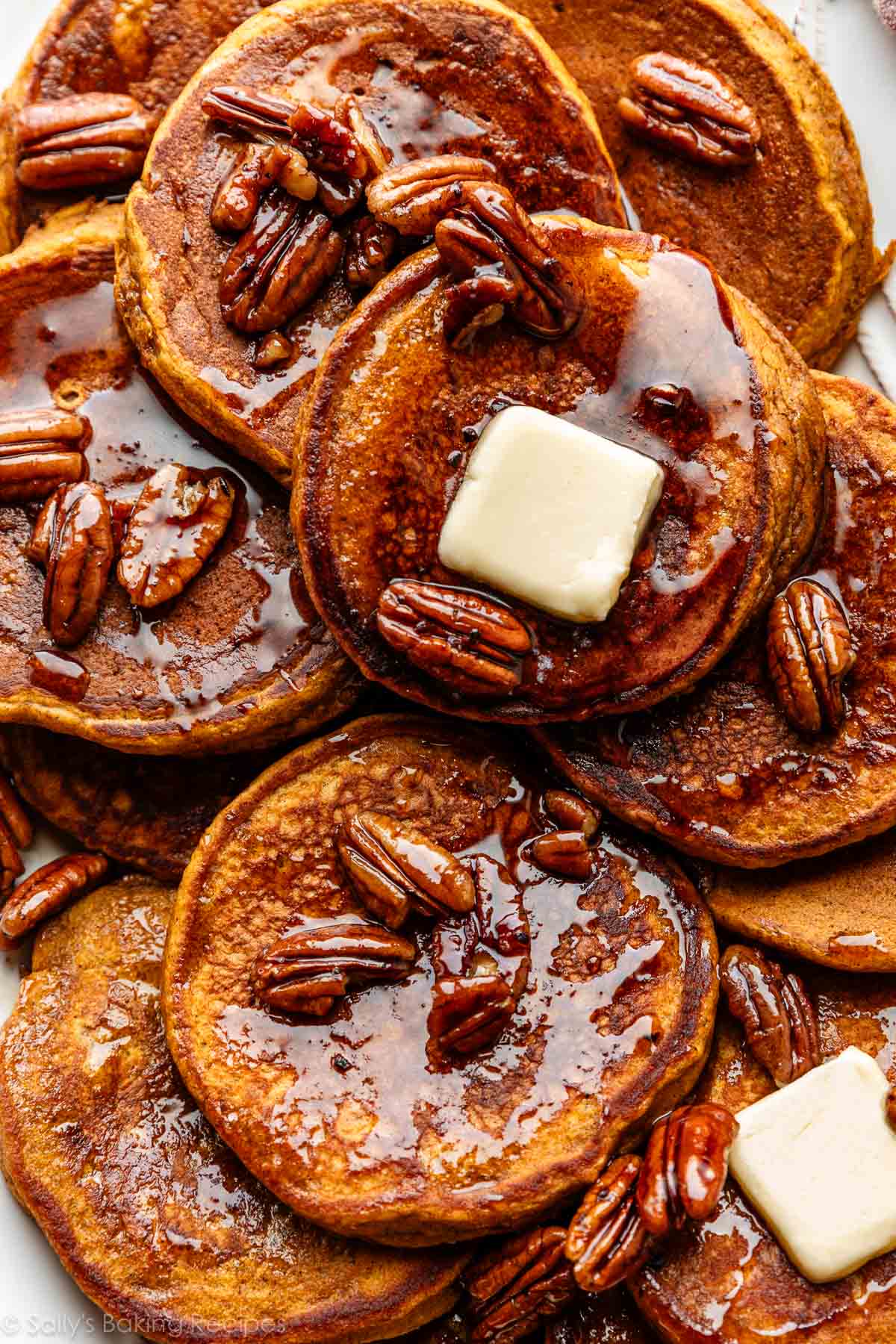
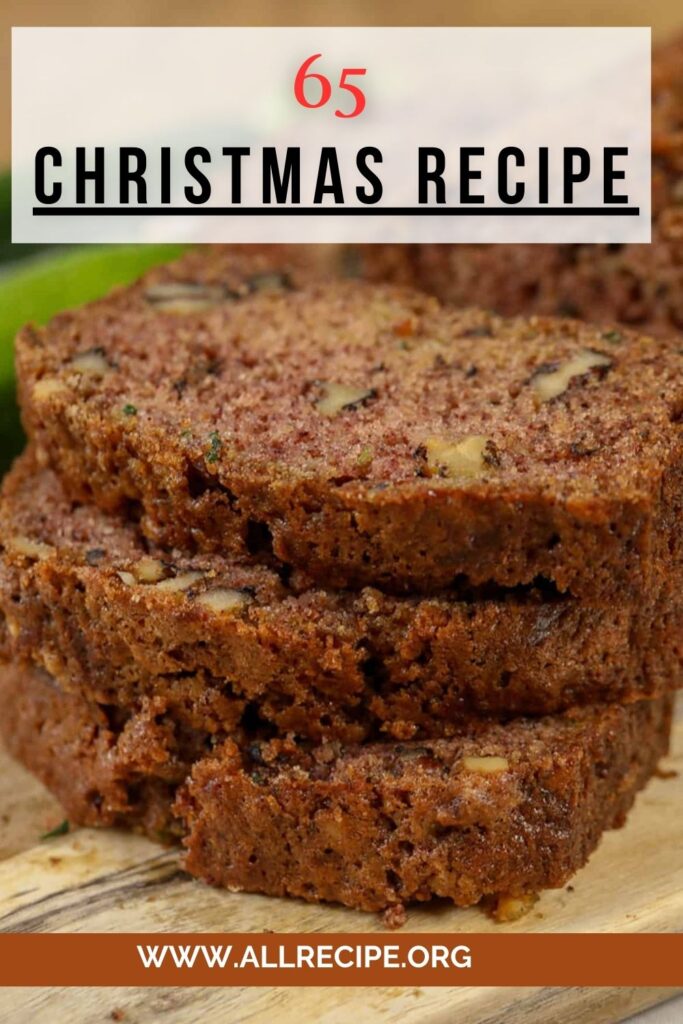

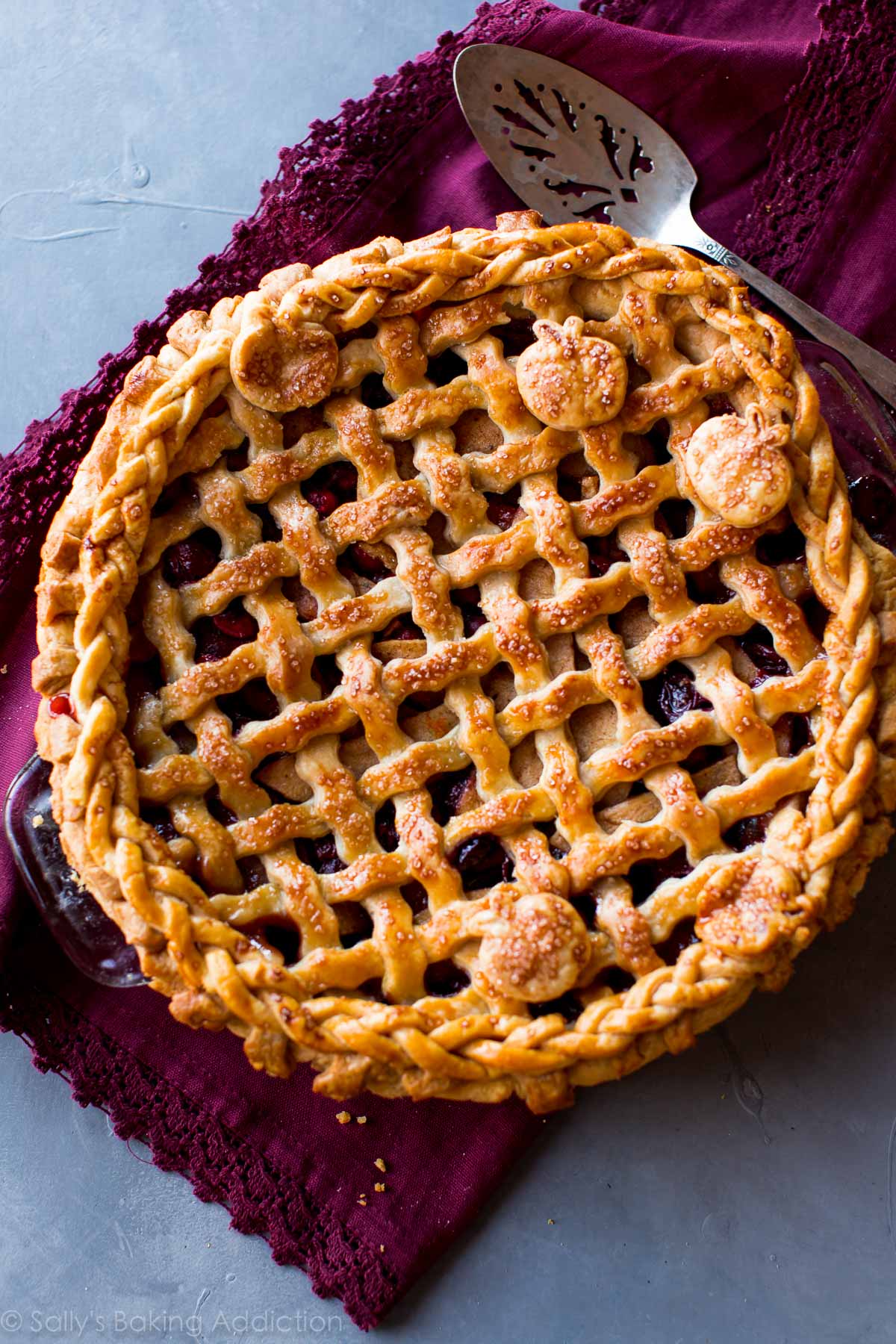

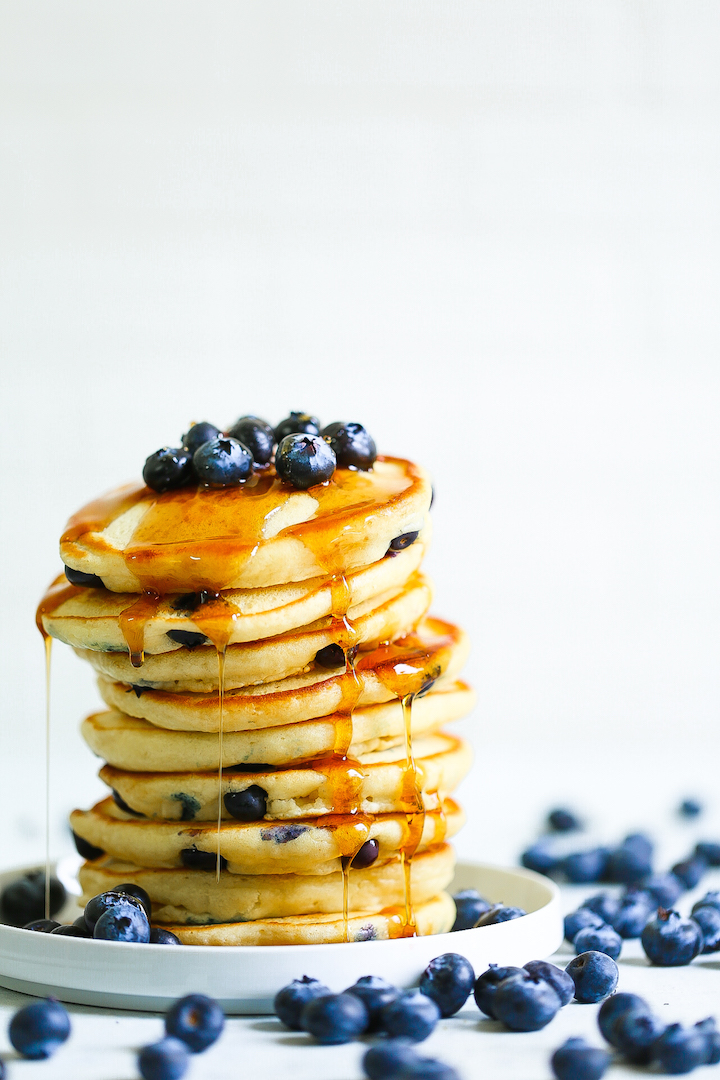
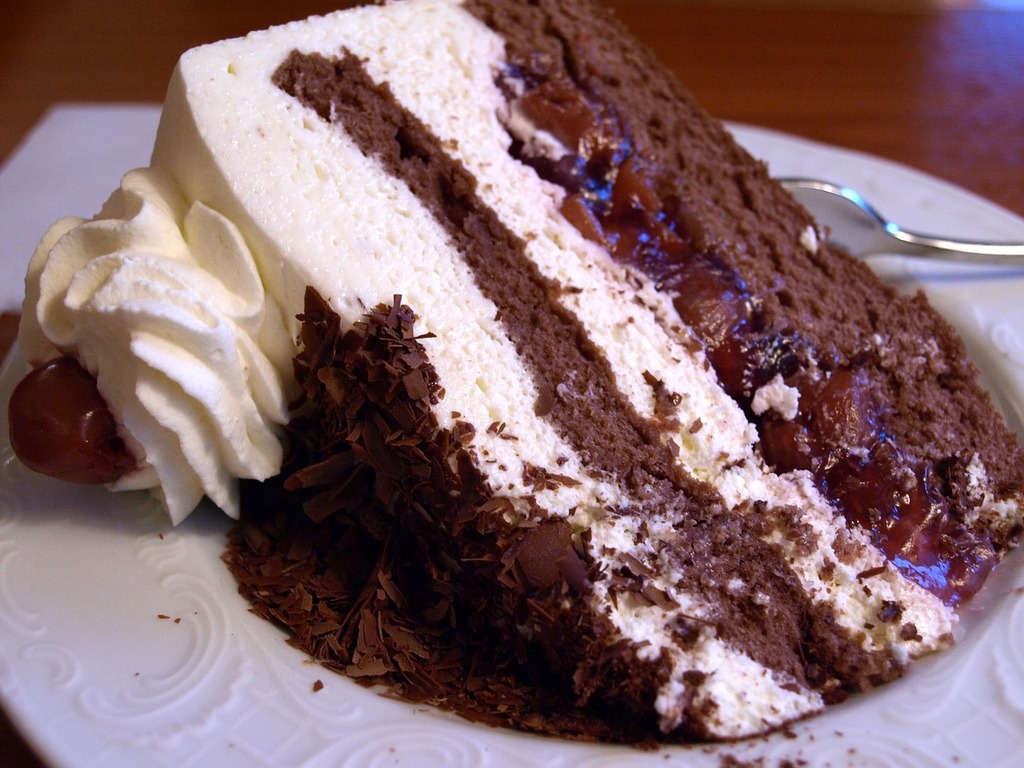



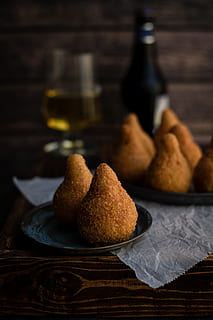








Leave a Reply